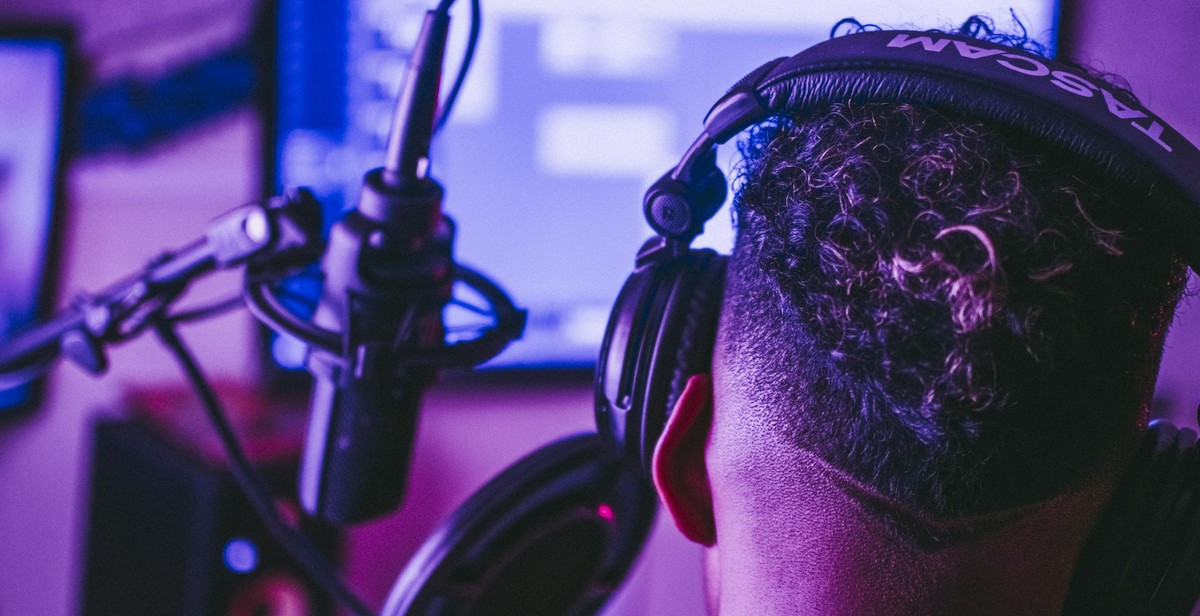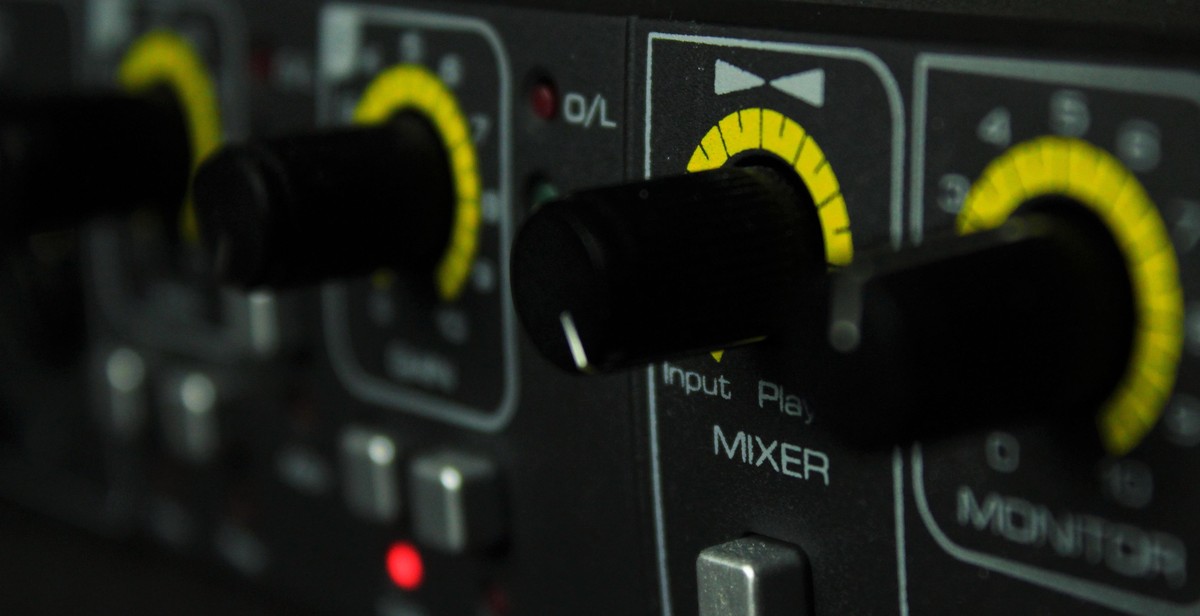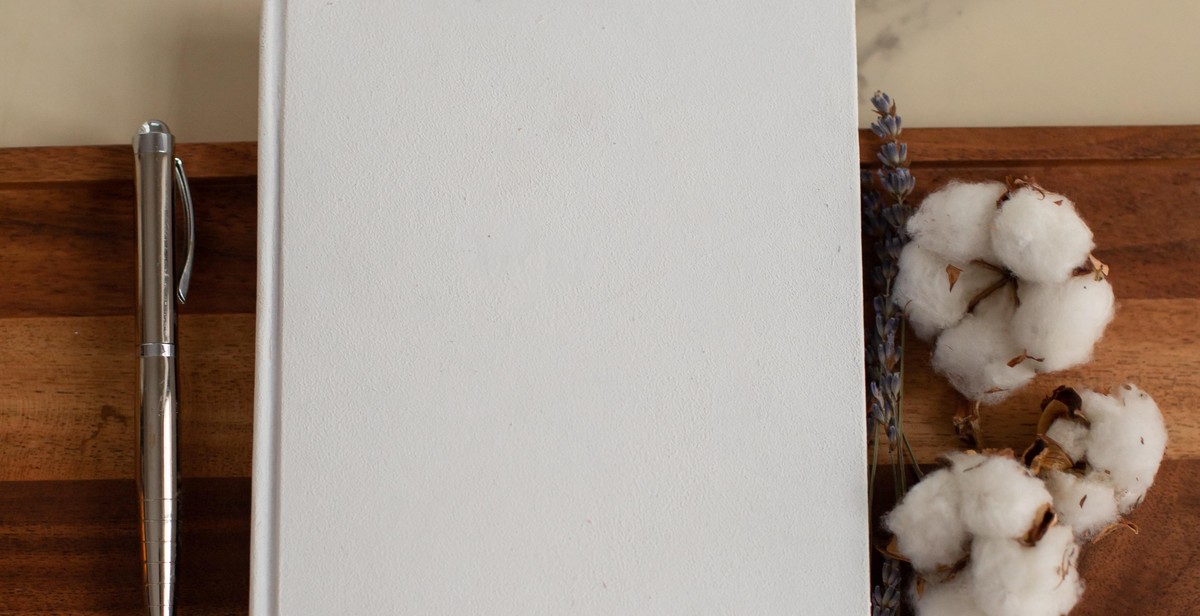How to Write and Publish Your Own Music Album
Creating and publishing your own music album can be a dream come true for many aspiring musicians. Not only does it give you the creative freedom to express your musical ideas, but it also allows you to share your music with the world and potentially make a living doing what you love.
Why Write and Publish Your Own Music Album?
There are many reasons why you should consider writing and publishing your own music album:
- Creative control: When you create your own music album, you have complete creative control over the content, style, and message of your music.
- Artistic expression: Writing and publishing your own music album gives you the opportunity to express yourself artistically and share your unique voice with the world.
- Professional development: Creating and publishing your own music album can help you develop your skills as a musician and gain valuable experience in the music industry.
- Financial rewards: If your music album becomes successful, you can potentially earn money through album sales, royalties, and touring.
However, the process of writing and publishing your own music album can be daunting, especially if you’re new to the music industry. In this article, we’ll guide you through the steps you need to take to write and publish a successful music album.

Step 1: Develop Your Concept
Before you start writing and publishing your own music album, you need to develop a concept that will guide you throughout the entire process. This concept includes choosing a genre, creating a concept, writing your lyrics, and composing your music.
Choose a Genre
The first step in developing your concept is to choose a genre that you want to focus on. This will help you to define your style and target audience. You can choose from a wide range of genres such as rock, pop, hip-hop, country, jazz, or electronic music.
Create a Concept
Once you have chosen your genre, you need to create a concept for your album. This will help you to come up with a theme or message that you want to convey to your audience. Your concept can be based on personal experiences, social issues, or anything that inspires you.
Write Your Lyrics
After creating your concept, you can start writing your lyrics. Your lyrics should be aligned with your concept and genre. You can use your personal experiences, emotions, or imagination to write your lyrics.
Compose Your Music
Finally, you can start composing your music. Your music should complement your lyrics and concept. You can experiment with different instruments and sounds to create your unique style.
By following these steps, you can develop a solid concept for your music album and start writing and publishing your own music.

Step 2: Record Your Music
Once you have written your music, the next step is to record it. Recording your music is a crucial part of the music production process. It is the process of capturing your musical ideas and turning them into a tangible product that can be shared with the world.
Choose a Recording Studio
Choosing a recording studio can be overwhelming, but it is important to select the right one for your needs. Consider the location, equipment, and experience of the engineers and producers. Look for a studio that caters to your genre and has a good reputation in the industry.
Record Your Music
When you have found the right recording studio, it is time to start recording your music. Recording sessions can be time-consuming, so it is important to come prepared and organized. Make sure you have rehearsed your songs and have all the necessary equipment, including instruments, microphones, and headphones.
During the recording process, listen carefully to the playback and make adjustments as necessary. Take breaks when needed to avoid ear fatigue and maintain focus. Be open to feedback from the engineers and producers, as they can offer valuable insight and help you achieve the sound you are looking for.
Once you have completed the recording process, it is time to move on to the next step: mixing and mastering your music.

Step 3: Mix and Master Your Music
Once you’ve recorded all your tracks, the next step is to mix and master your music. Mixing and mastering are two separate processes, but they work together to give your music a professional sound. Mixing is the process of combining all the individual tracks into one cohesive piece, adjusting the levels, panning, and effects to create a balanced stereo mix. Mastering is the final step in the production process, where the stereo mix is processed and prepared for distribution.
Mix Your Music
Mixing is an art form that requires a good ear and technical knowledge. If you’re not confident in your mixing skills, consider hiring a professional mixing engineer. However, if you want to mix your music yourself, here are some tips:
- Start by organizing your tracks into groups, such as drums, bass, guitars, and vocals.
- Use EQ to remove any unwanted frequencies and create space for each instrument to sit in the mix.
- Use compression to control the dynamics and make the mix sound more cohesive.
- Add reverb and other effects to create depth and space.
- Use automation to adjust the levels and panning throughout the song.
Master Your Music
Mastering is the final step in the production process, where the stereo mix is processed and prepared for distribution. Here are some tips for mastering your music:
- Start by checking the overall volume and ensuring it’s consistent throughout the song.
- Use EQ to adjust the tonal balance and make sure the mix sounds good on different playback systems.
- Use compression and limiting to control the dynamics and make the mix sound more polished.
- Add dither to reduce the bit depth and prepare the mix for distribution.
- Listen to the final master on different playback systems to ensure it sounds good everywhere.
| Note: | It’s important to take breaks and listen to your music with fresh ears throughout the mixing and mastering process. This will help you make better decisions and avoid ear fatigue. |

Step 4: Design Your Album Cover and Packaging
Designing your album cover and packaging is an essential step in the album creation process. Your album cover is the first thing your potential listeners will see, so it’s important to make a great first impression. Here are some tips to help you design an eye-catching album cover:
Design Your Album Cover
- Choose a high-quality image or artwork that represents your music and style.
- Consider hiring a professional graphic designer or photographer to help you create a unique and memorable design.
- Make sure your album title and artist name are easy to read and stand out on the cover.
- Experiment with different fonts and colors to create a visually appealing design.
Plan Your Album Packaging
Album packaging includes everything from the CD or vinyl cover to the liner notes and any additional artwork or inserts that come with the album. Here are some things to consider when planning your album packaging:
- Choose a packaging format that fits your budget and style, such as a jewel case, digipak, or vinyl sleeve.
- Include song lyrics, credits, and any other information about the album or the recording process.
- Consider adding bonus materials, such as a poster, stickers, or a digital download code.
- Make sure your packaging is consistent with your album cover design and overall branding.
Remember, your album cover and packaging are part of your overall marketing strategy, so make sure they reflect your music and connect with your target audience.

Step 5: Distribute Your Music
After you have successfully produced and recorded your music album, the next step is to distribute it to your target audience. This is where your music distributor comes in.
Choose a Distributor
There are several distributors available in the music industry today. Some of the popular ones include:
- Tunecore: This distributor allows artists to distribute their music to over 150 digital stores and streaming platforms worldwide, including iTunes, Spotify, and Amazon Music.
- DistroKid: This distributor allows artists to keep 100% of their royalties and offers unlimited uploads for a yearly fee.
- CD Baby: This distributor offers physical and digital distribution services, as well as music licensing and sync opportunities.
Choose a distributor that fits your needs and budget. Some distributors may charge a flat fee per release, while others may take a percentage of your royalties.
Distribute Your Music
Once you have chosen a distributor, you will need to upload your music and album artwork to their platform. Make sure to follow their guidelines for formatting and metadata.
After your music has been uploaded, your distributor will distribute it to the digital stores and streaming platforms you have selected. It may take a few days to a few weeks for your music to appear on these platforms.
Make sure to promote your music and album release on social media and other marketing channels to increase visibility and sales.

Step 6: Promote Your Music
Now that you have written and published your own music album, it’s time to promote it. Your music will not sell itself, and you need to put in the effort to get it out there. Here are some effective ways to promote your music:
Create a Marketing Plan
Before you start promoting your music, you need to create a marketing plan. This plan should include your target audience, promotional strategies, and budget. It should also outline your goals and objectives for promoting your music.
Use Social Media
Social media is a powerful tool for promoting your music. Create social media accounts on platforms such as Facebook, Twitter, and Instagram. Use these platforms to promote your music, engage with your fans, and share updates about your music career.
Perform Live
Performing live is one of the best ways to promote your music. Look for opportunities to perform at local venues, festivals, and events. You can also organize your own concerts and invite your fans to attend.
- Share your music on streaming platforms such as Spotify and Apple Music
- Collaborate with other artists and producers
- Create a website to showcase your music and sell merchandise
By following these strategies, you can effectively promote your music and reach a wider audience.
Conclusion
Writing and publishing your own music album can be a daunting task, but it is also one of the most rewarding experiences for any musician. It is a chance to showcase your creativity, talent, and passion to the world. With the right mindset, tools, and strategies, you can make your dream a reality and create a masterpiece that will stand the test of time.
Key Takeaways
- Start with a clear idea of your music style, genre, and message
- Invest in quality equipment, software, and instruments
- Collaborate with other musicians, producers, and engineers
- Record, edit, and mix your tracks with attention to detail
- Master your final product for optimal sound quality
- Create a compelling album cover, title, and description
- Distribute your album on multiple platforms and promote it on social media
Final Thoughts
Writing and publishing your own music album is not only a creative endeavor but also a business venture. You need to balance your artistic vision with market demand, and constantly improve your skills and knowledge to stay ahead of the competition. However, with perseverance, passion, and a love for music, you can achieve your goals and make a name for yourself in the music industry.
| Resources | Description |
|---|---|
| Spinnup | A digital music distribution service by Universal Music Group |
| DistroKid | An online music distribution platform for independent artists |
| Tunecore | A global digital music distribution and publishing service |
| Bandcamp | An online music store and platform for artists to sell their music directly to fans |
